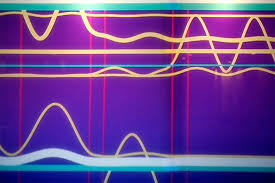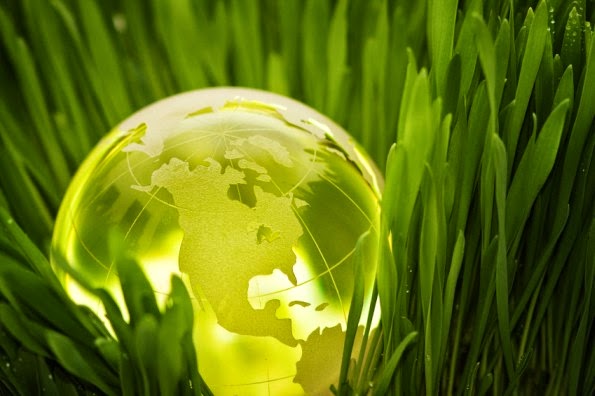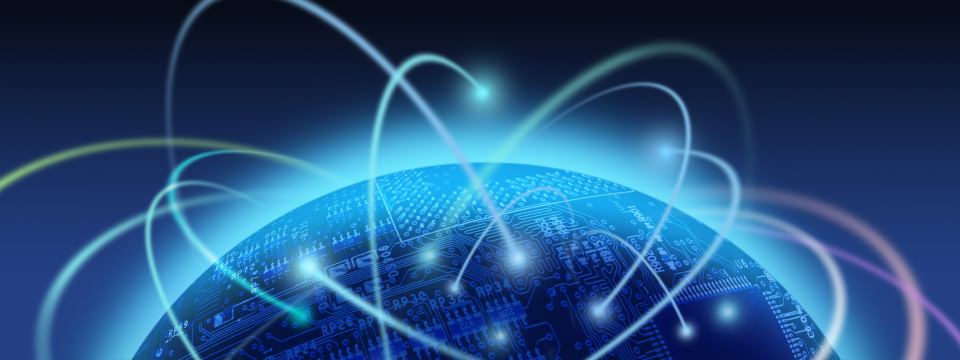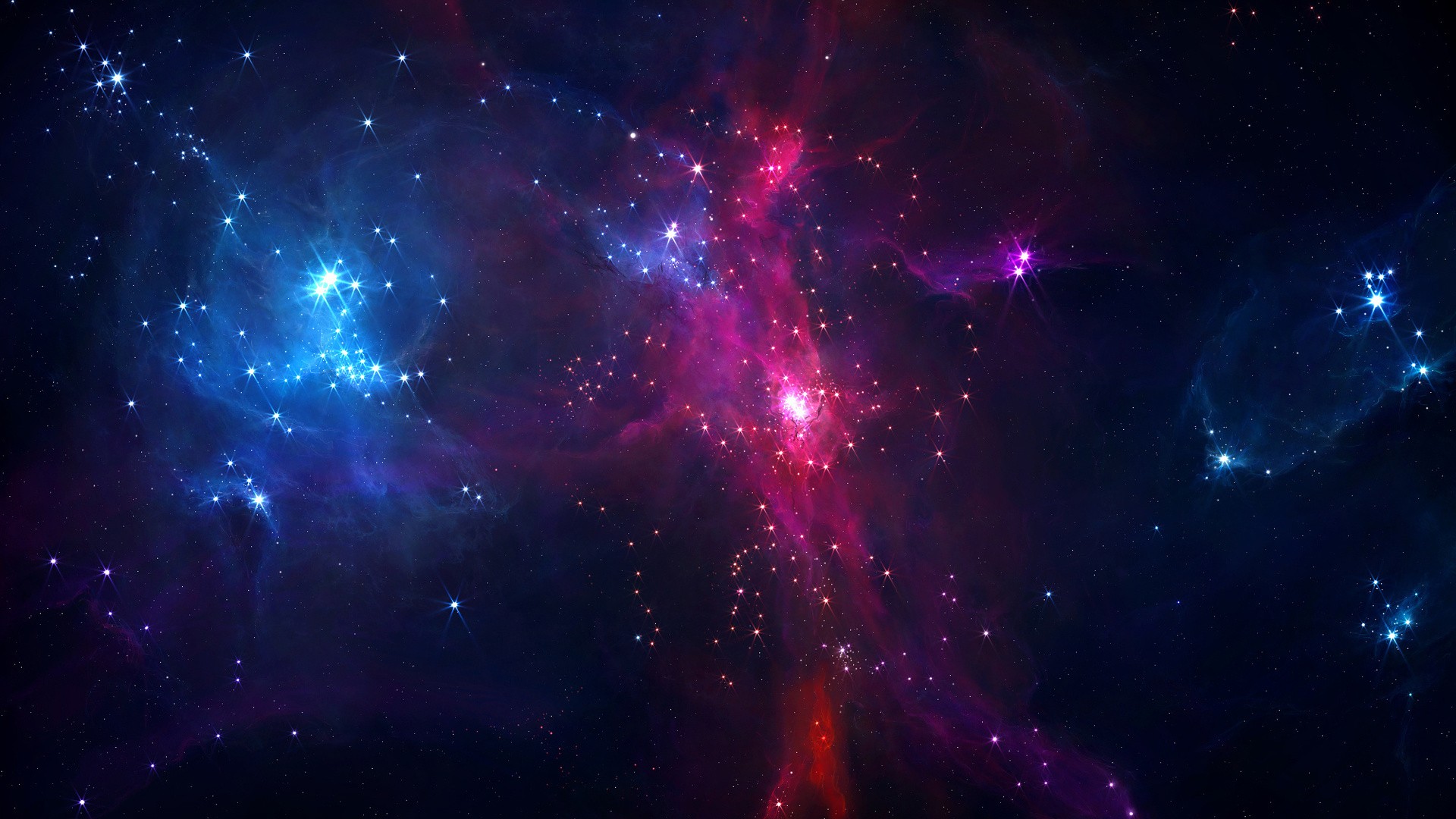
Australia-based Austin Maynard Architects have recently completed a luxury home in Melbourne called That House. It's ultra modern and very sustainable, with a footprint of about half that of the surrounding houses. The home is also powered by solar energy, and features a rainwater collection system.

Drug-resistant leukemia cells absorb a drug and die, when the drug is hidden inside a capsule made of folded up DNA.

The global temperature rise must be kept below +2°C by the end of the century to avoid catastrophic climate change.

A new 3D cartoon, Planet Blue, will help parents strike that balance by combining laughter and heart-pounding adventures with a positive attitude about our ability to save the planet.

An international team of scientists including MSU physicists succeeded in proving that control over quantum processes accurately to several attoseconds (one billionth of a billionth of a second) is possible. The details of the experiment are described in an article published in the latest issue of Nature Photonics.

We've rounded up eight plus-energy homes that can produce more energy than they need, with some so powerful that they can even light up the house next door.

Terrafugia is building the first-ever unmanned prototype of its TF-X flying car. They claim the vehicle will be ready for testing in 2018 and available for purchase by 2025.

Scientists in the U.K. share a five-dimensional black hole simulation model that could ‘break’ the general relativity of Albert Einstein, the very foundation of modern physics.

Scientists at the University of Southampton have taken this one extraordinary step further, announcing that they have developed a method to record data that could outlast the human race itself.

Two years ago, Virgin Galactic's SpaceshipTwo, the space plane it hoped to use to send tourists into space, failed on a test flight and crashed in the desert. Now, it's revealed a brand new version of SpaceShipTwo.

In the largest study of its kind, an international team of experts led by Newcastle University, UK, has shown that both organic milk and meat contain around 50% more beneficial omega-3 fatty acids than conventionally produced products.

A dial-like structure found on brain cells called astrocytes means they are "actually incredibly flexible and potentially modifiable," says Keith Murai.

Another state in India has approved construction of an ultra mega solar power project, boosting the Indian Government's plan to set up 20 GW of large-scale solar power parks.